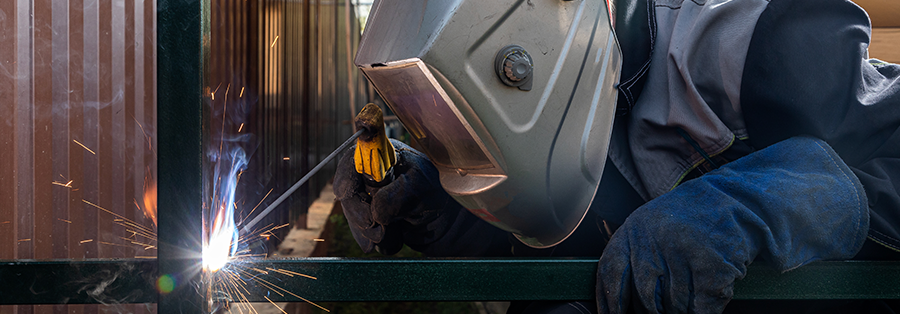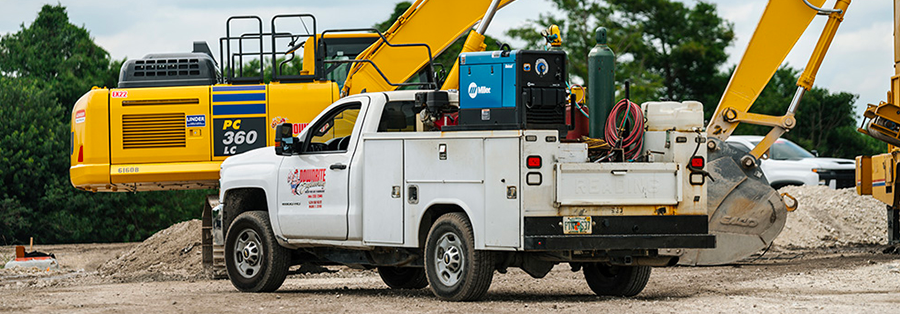When it comes to welding a project yourself versus simply buying it pre-made, it’s often surprisingly cheaper to buy rather than DIY (check out our post on the topic here). However, fences and gates are a perfect welding project where you can actually save money by doing it yourself! In fact, depending on the type of fence and materials you use, you can sometimes reduce the costs by up to 50% by DIY-ing it.
While fabricating your own fence or gate doesn’t necessarily require the skills of a journeyman welder, it’s still important to know the right tips and tricks. In this post, we’ll show you some of our favorite fence welding ideas (submitted by readers just like you) and go through a few important notes to consider when building your own perfect perimeter.
More than just Materials

It’s crucial to consider what materials you’re going to use. Will you do a completely metal fence, or will you use metal frames with wood planks? Your choice in materials extends beyond just aesthetics. It also dictates how durable your fence will be and how well it functions. For instance, if you’re building a fence partly to keep a dog in your yard, a completely metal fence might not be the solution (since some dogs can slip through metal railings or get their heads stuck).

Built to Last
The type of materials you use will also dictate how to treat your fence. Remember, it’s not just about building a fence, but also making sure it stays standing. Mild steel is easy to weld and strong, but it’ll rust if left to the elements. You’ll need to treat your material with some type of coating or use a metal like aluminum instead. Check out our full post on that topic here.

Hills are Pills
Elevation changes can be a pain when building a fence. Sometimes the solution is simply to smooth out your hill, but in many cases, that’s not possible. You’ll need to decide if you want your fence to curve with the hill (called a “contour fence”) or go down in a series of steps (called “stepped fencing”). Both have their pros and cons, though stepped fencing can often be easier as most of your angles between posts can stay the same. With a contour fence, every piece has to be cut and fabricated at different angles to match the curve of the hill.
 A great example of stepped fencing
A great example of stepped fencing
Laws of the Land
A critical step when planning your own fence is to consider your local laws and HOA guidelines (if you have any). We’re serious—some cities have incredibly strict laws about fencing type, look and other factors such as safety. For instance, we’ve seen some fences with railings that had to be completely redone because the design was deemed unsafe by an inspector.
 A good example of an artistic railing that still follows local laws.
A good example of an artistic railing that still follows local laws.
If you’re a lucky someone graced with an HOA, you’ll definitely want to make sure you check your guidelines. While being somewhat silly, some HOA guideline violations have landed people in court for years. Save yourself the hassle and make sure you know the rules before you begin planning your fence.
Get Inspired
The better you understand the type of fence you want to weld before you get started, the more likely you are to finish it. Here are some more of our favorite fence and gate ideas sent in by readers like you.

Building a fence that’ll last is significantly dependent on the quality of your equipment. At IOC, we only offer brands that have proven their reliability and performance to the welding community. For gear you can trust at the best prices, make sure you check out Welding Supplies from IOC. We also offer the best customer service in the business, meaning you can rest easy knowing our team is here for anything you need.




